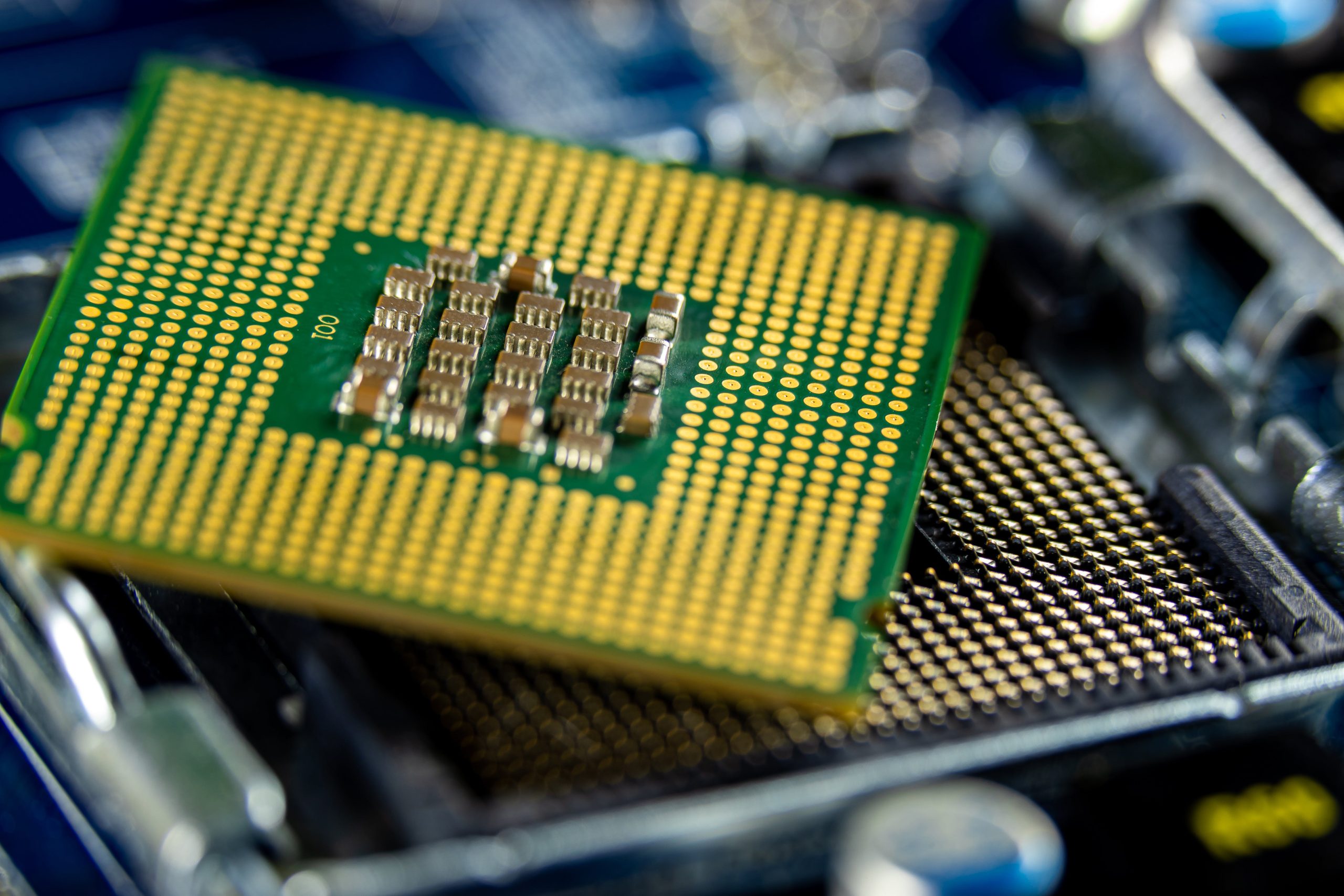China Leads with All-Analog Innovation: The New Photoelectronic Chip
In a pivotal advancement that could redefine artificial intelligence (AI) and image recognition technologies, researchers from Tsinghua University in China have unveiled a technological marvel: the world’s first all-analog Photoelectronic chip, dubbed ACCEL (All-Analog Chip Combining Electronic and Light Computing).
Detailed in the esteemed pages of Nature, this innovative chip emerges as a testament to the seamless symbiosis of light and electronics, heralding a new era in computer vision.
Traditional methodologies in image recognition hinge on the transformation of analog signals, those tangible imprints of our world’s light, into digital counterparts, a process that AI neural networks can decipher. Yet, this metamorphosis from analog to digital is both a temporal and energetic expenditure, curtailing the efficacy of neural networks.
In a stroke of ingenuity, the team at Tsinghua University has circumvented this issue, pioneering an integrated photoelectronic processor that marries the innate prowess of photons and electrons in an all-analog ecosystem. The resultant chip is not merely a component; it’s a harbinger of computational alacrity and complexity heretofore unimaginable.
Rigorous trials have put ACCEL through its paces, revealing a chip that recognizes and categorizes objects with a precision that rivals its digital neural network counterparts. Confronted with high-resolution imagery, ACCEL’s performance is breathtaking—it operates over 3,000 times swifter. It utilizes an astonishing 4 million times less energy than the apex graphics processing units (GPUs) of our time. This quantum leap in efficiency and velocity establishes ACCEL as a revolutionary force in AI and image processing domains.
The Synergy of Photoelectronic Chip and AI Efficiency

At the heart of ACCEL’s prowess lies photonic computing, which taps into analog light signals to surmount the energy and swiftness constraints plaguing analog-to-digital transmutations. The Tsinghua researchers, in their quest for computational transcendence, have harmonized light’s skill with the diligence of electricity, circumventing the energy-sapping conversion process. This trailblazing strategy is poised to dismantle current power consumption and processing speed bottlenecks.
The editorial commendation from Nature underlines the significance of the Tsinghua team’s work, lauding their minimization of energy-guzzling analog-to-digital converters. The review heralds the team’s approach as a refreshing and pragmatic reimagining of AI hardware, optimizing energy efficiency through a deft blend of electronic and photonic computing paradigms.
The implications of ACCEL stretch far beyond the immediate horizon of AI and image recognition. Its unparalleled energy frugality promises to mitigate the thermal predicaments plaguing chip scaling, potentially reimagining chip designs to be both potent and ecologically sound.
Under the stewardship of Dai Qionghai, Tsinghua University’s School of Information Science and Technology director, a prototype chip has already taken form. The forthcoming challenge for the team lies in forging a versatile AI chip, catering to a spectrum of uses that could revolutionize industries, from healthcare to the burgeoning realm of autonomous vehicles.
The advent of the all-analog photoelectronic chip, ACCEL, marks a seminal moment in the annals of AI and computer vision. With unmatched velocity and energy frugality, it stands poised to recalibrate the scope of image recognition technology and AI hardware.
As the researchers chart the course toward a universal AI chip, the spectrum of innovation and progress that awaits is vast. ACCEL may be the precursor to an upcoming generation of computing solutions distinguished by efficiency and high performance.


Comments are closed.